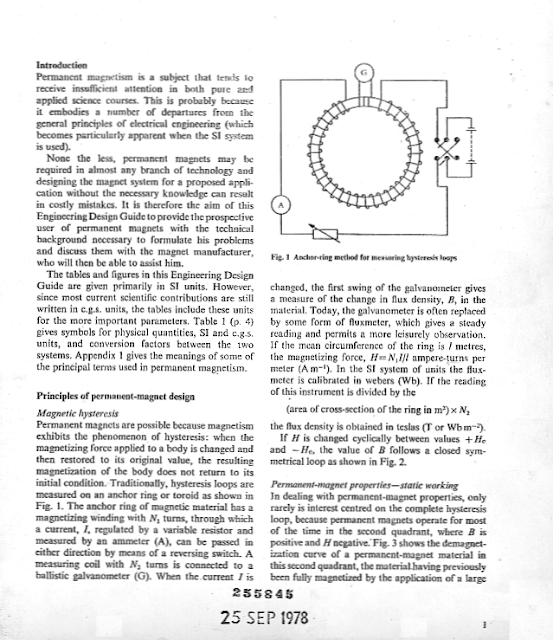 |
| Cross-section drawing of a disc-rotor UAER prototype (which has been built as a physical model) |
UAER
I had intended to say quite a bit more on various topics; in particular the UAER (Unenergised Attraction - Energised Repulsion) idea I've mentioned before, and on mechanical perpetual motion in the Earth-based laboratory frame; but I've decided to take the late Paul Brown's advice, to "keep a low profile until you have completed your endeavour..."
........
Opposing genocide
The main reason that I've had to divert attention away from this blog is because I'm beginning communication with a group who have some interesting ideas on using technology to help oppose the ongoing worldwide agenda to exterminate the White race (the global "Coudenhove-Kalergi Plan" or "Genocide by Race Replacement" as it's sometimes called). While aware of this problem for some time, I had always thought, not least from their entrenched voting patterns, that almost all other Whites didn't care about it, and never would.
But maybe not — perhaps the reason has been general ignorance rather than indifference. Possibly the recent Brexit vote in the UK, and the political rise of Donald Trump and David Duke in the USA could be largely because of an (extremely belated) awareness and concern about this problem?
As this group says, the Internet was an example of White-invented technology that has significantly improved our chance of long-term survival, although it wasn't even specifically invented for that. There are other things, including technologies, that would make further improvements. They all need to be worked on — by whoever can do so, and not just by one, or a few groups.
The highest use for our inventive ability
White inventive ability being used specifically, at last, to aid the survival of Whites themselves ... whether anything will come of this of course remains to be seen — eventually.
At least this group has already shown how a long-known but, so far as I know, little-used communications method can be developed, which I find interesting in itself. Ironically, perhaps, they themselves have no internet presence, and are not interested in attempts at contact. ("We always find the ones we want.") Neither they nor I have a problem with me writing just as much as I have here.
Adieu for now
There is a small chance that I may be back in future, with fuller and more explicit comments than in this post. But for now, I say "Adieu."
 |
| When it's not yet time to be explicit |
........
 |
| When it's time to be explicit Image from a reader comment at The Daily Stormer (That link is to a Gab.ai address, which gives a link for Tor browser, and the Dark Web URL for DS, http://dstormer6em3i4km.onion/ which is its only stable current location, after its unique banning from the normal internet. More background can be found at http://dstormer6em3i4km.onion/here-come-dat-website/ or https://dailystormer.name/here-come-dat-website/ if it's up). |








